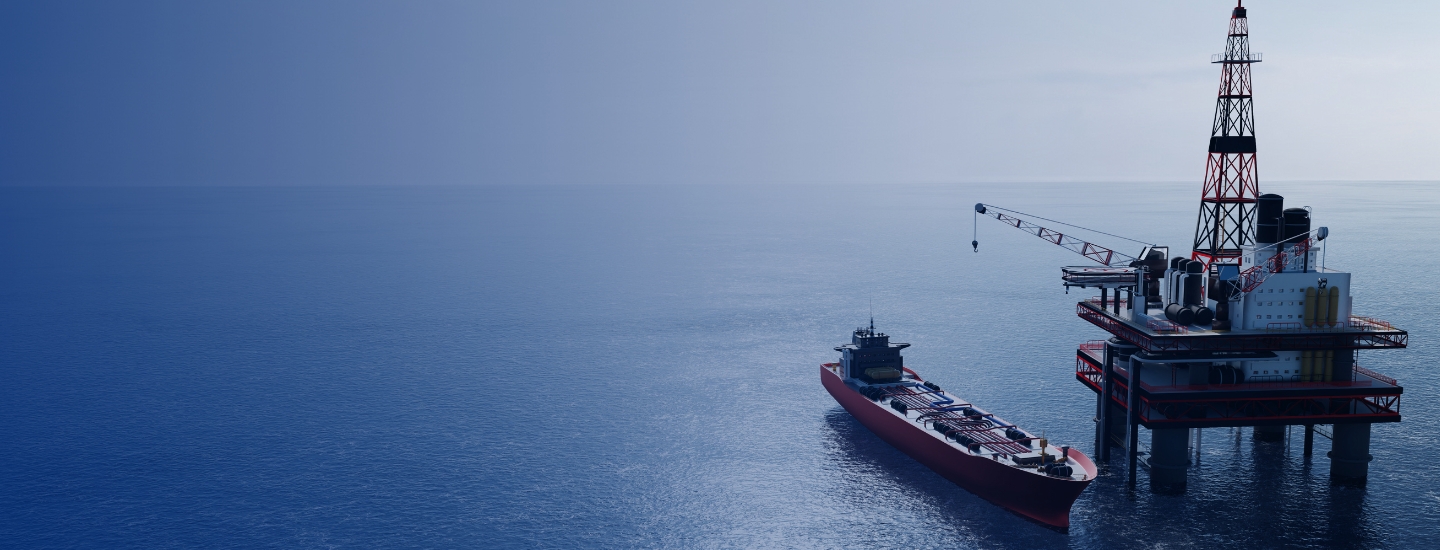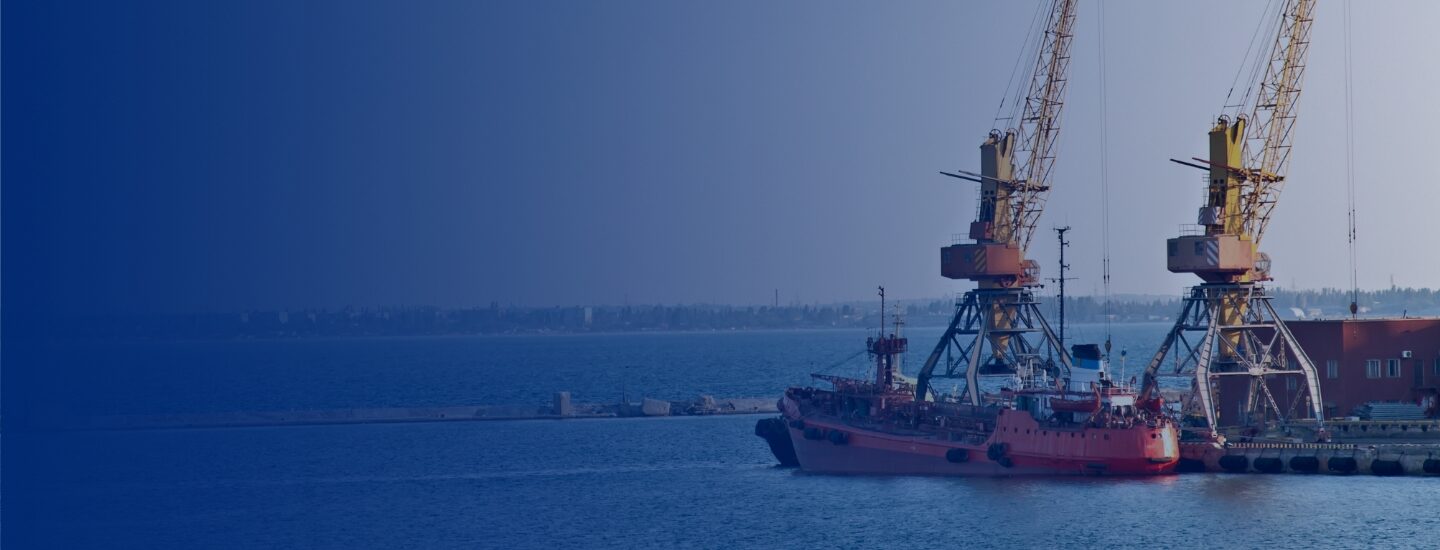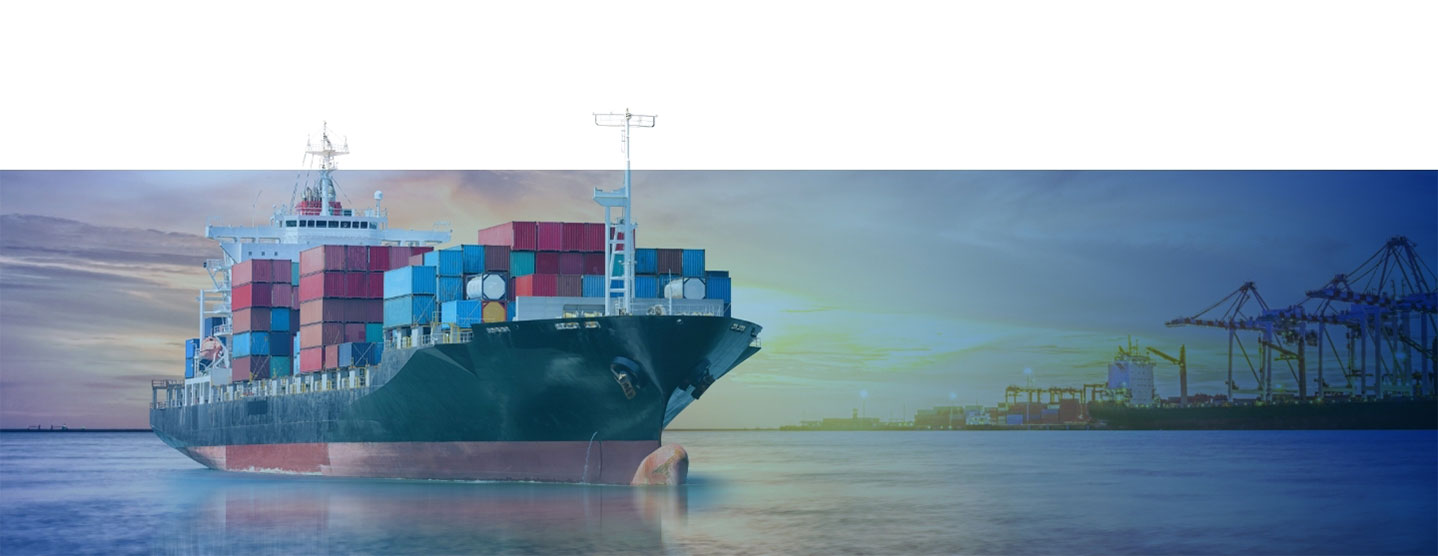It’s Time to Electrify Our Oceans
The maritime industry is a major contributor to greenhouse gas emissions, and is on track to contribute 17% of total global emissions by 2050 unless ship owners make significant changes. Shipowners and fleet managers are eager to electrify their vessels, but have concerns about the safety of lithium-ion batteries and the ability to fight battery fires at sea.
High-capacity, non-flammable marine batteries for any kind of vessel

Lithium-ion and the high seas: a dangerous combination
Lithium-ion fires are notoriously difficult to extinguish at sea, especially on large cargo ships and oil platforms that can be hundreds of miles from the nearest port. But marine-grade lithium-ion systems are expensive, leaving shipowners reliant on high-sulfur fuel while they wait for next-generation blue and green fuels. Alsym batteries can help eliminate use of diesel fuel in and near ports, and can even be used safely to help regulate output from fuel-cell systems.
Applications and Use Cases
Hybrid vessel applications include peak shaving, spinning reserve, low-speed arrival / departure, and hotel loads. Applications for fully-electric vessels include short-sea shipping, OSVs, harbor vessels and ferries, as well as helping to regulate output from fuel-cell systems. Alsym batteries can even be used on off-shore wind farms, oil and gas platforms, and drilling rigs.

A non-flammable solution for port electrification
Trains, trucks, and cranes burning diesel and coal are significant contributors to air pollution, and ports are taking steps to reduce their environmental impact. As port equipment goes electric, Alsym batteries can be used for load shifting to ensure 24×7 operation. They can be used in cranes and drayage trucks to reduce diesel fumes, and even pair with hydrogen fuel cells to increase generation capacity to support shore charging for large vessels.



 Get in Touch
Get in Touch